How Artificial Intelligence Will Change Your World
Also, another TV show gets a reboot and podcast listeners' desire for video
We have a change in format this week as we delve into Artificial Intelligence (AI), especially its use in media.
AI-generated image from suggestion: “Man reading a newspaper in the rain.”
AI NEWS
AI IS ABOUT TO GET A LOT SMARTER: ChatGPT, the AI-driven writing software is going to get a whole lot more sophisticated this year. Currently, the program uses 175 billion parameters to produce its writing. The next iteration (GPT-4) will have a trillion parameters. Check out this graph from Acquisition.com to give you an idea of the difference:
It looks like the difference between Earth and Jupiter. This illustrates the central feature of AI: It learns as it grows - exponentially. I expect the next iteration to make the leap of data points into the quadrillions. The writing and art AI will be able to generate will make the current iteration look childlike by comparison.
APPLE RELEASES AI-NARRATED AUDIOBOOKS: Apple is releasing audiobooks that are narrated by artificial intelligence software. The voices are lifelike and emotive. The quality will be good enough for most listeners. Book authors can choose this option, and get 60% of the royalties. Writes Ars Technica:
One potential upside of this development is the availability of audiobooks for publications and authors that might not have had a budget for audio versions. However, as with so many AI applications lately, this development raises questions about what might happen to human narrators working in the business—as well as concerns over who benefits most.
As you can imagine, many authors and publishers are crying foul. But Apple says it’s not trying to pull a fast one here — and that AI-narrated recordings are clearly labled:
Apple’s rival in this space, Amazon’s Audible, has rules that state audiobooks have to be narrated by a human. But if Apple is successful in this venture, it’s not hard to imagine Audible reconsidering its policy against AI narrators.
AI APP WRITES COLD-CALL LETTERS TO PROSPECTS: I was dubious that AI could generate a convincing and personal sales letter. You need to know the prospect, their business, their pain points and how you can solve them, and more. But I tried copy.ai and I’m impressed. You simply enter your subject’s LinkedIn profile URL and a couple of lines about their business, and you have a pretty convincing pitch letter. I give it a B+. You’re free, of course, to edit the copy, but I can imagine salespeople integrating this concept into their toolbox. Imagine generating 1,000 lead letters, all personalized, emailed and answered by AI.
WHO OWNS THE RIGHTS TO AI-GENERATED ART? CBS Sunday Morning provided a great overview of DALL-E, a program that can create remarkable images. Is this art? If I have AI generate an image based on an artist’s style, am I stealing? Watch this excellent report from CBS Sunday Morning.
Other AI-related news:
Artists are suing AI companies for copyright infringement (The Verge).
NY Rabbi delivers AI-generated sermon, congregation is blown away when he reveals the “author” (Times of Israel).
22-year-old Princeton student builds app to sniff out AI-written essays (BBC News).
OTHER NEWS
PODCAST LISTENERS WANT MORE VIDEO: 46% of podcast listeners say they prefer their shows with video. That’s one of the findings of a recent study by Morning Consult. (Excellent site, BTW.)
Those of us who grew up in TV news can be excused for thinking editing video onto a podcast requires a lot of shots and B-roll. But that’s not what the podcast audience wants. Writes Morning Consult:
Among the top reasons consumers preferred a podcast with videos were to see facial expressions and reactions from the hosts and guests (51%) and because video helps them to better focus on the podcast (50%).
Did you know that YouTube is the top platform for podcasting? It even has a dedicated section for podcasts at https://www.youtube.com/podcasts.
I produced about 175 podcasts in 2022, and we always recorded video of the show. We used three remote-controlled cameras and a switcher, but all you really need is one wide shot.
“FRASIER” GETS SEQUEL TWO DECADES LATER: What’s with all the TV reboots in the last few years? Off the top of my head, I count: “Saved By The Bell,” “Velma” (terrible), “Night Court,” “Bel-Air,” “The Connors,” “Lost In Space” (excellent), “Magnum, PI,” “The Wonder Years,” “Hawaii Five-0,” and “Walker.” I’m sure there are many others. Now, we have details of the “Frasier” reboot.
AI-generated image from prompt: “Kelsey Grammer sitting at a desk with a microphone.”
The original show went off the air in 2004. A sequel is now in the works. Its producers announced some details about what the new “Frasier” will look like. He will live in a new city (that’s his thing, right?) and have a new foil. From Variety:
(Actor Nicholas) Lyndhurst will play Alan Cornwall, described as “Frasier’s old college buddy turned university professor. British, boozy and larger than life, Alan has an intellect on par with Frasier’s—if only he ever felt like using it. Alan’s mischievous streak might be just what Frasier could use to shake up his routine, while Frasier’s thoughtful guidance might help Alan find some of the direction he’s been missing in his own life.
It appears no other members of the original cast will be on the reboot. (John Mahoney, who played Frasier’s grumpy-but-lovable father, died in 2018.) That choice has left some critics dubious that the show will be successful.
The new “Frasier” will be on Paramount+. There is no release date yet.
LINKS AND LIKES
HOW NEWSWORTHY ARE YOU?: The Columbia Journalism Review (CJR) has an article about news coverage regarding Ana Walshe, a 37-year-old Massachusetts woman who has been missing since New Year’s Day. (Her husband is the only person of interest, thanks to some strong evidence.) The story garnered national attention, and the CJR attributes it to “Missing White Woman Syndrome.” If you’re a young, pretty white woman who goes missing, your story is far more likely to get news coverage than other missing-person cases.
That probably won’t come as a surprise to you. But CJR has come up with an online tool that estimates what kind of coverage you’d get if you went missing. It studied more than 3,000 missing person stories to come up with its formula. Try it at areyoupressworthy.com.
For example: If you are a young, white female who goes missing, CJR says you could expect 128 stories about you, nationally and locally. The Gabby Petito story drew around a thousand stories on CNN, Fox News and MSNBC in one week alone last September and even has its own Wikipedia entry. But there are plenty of examples of young, pretty, missing Black and Indigenous women getting no coverage at all.
I put in my details and it estimated my disappearance would rate 16 stories. If you’re an older Latino male living in New York, your “missing score” would be a three, even though “elders gone missing” is a more frequent and dangerous occurrence.
The conclusion is clear: There is a heavy bias in the news media toward covering crime that happens to young white women. There is a bias against covering missing minorities. Newsroom staffers would do well to take this quiz if only to point out the bias and have them consider their own coverage.
BEYOND THE REMOTE
My wife and I attended the excellent exhibit '‘LIFE Magazine and the Power of Photography” at Boston’s Museum of Fine Arts (MFA) over the weekend. It was news nerd heaven. They tied the history of LIFE Magazine to the events of the 20th century and it was fascinating to see never-before takes of famous pictures. For example - you all know the famous picture “The Kiss,” the 1945 photograph of the WW II soldier kissing a nurse in Times Square in celebration of VJ Day. But photographer Alfred Eisenstadt took many pictures that day, and you can see them on this contact sheet:
The exhibit presented lots of behind-the-scenes information about editorial decisions. One striking choice: When it ran photographs of the Holocaust, it never mentioned the victims were Jewish. They were “concentration camp prisoners,” making it seem as though they were criminals. Its coverage of race and women’s rights wasn’t exactly progressive, either. But, even through a 2023 lens, one can still appreciate the art and the risks LIFE journalists took to bring news to the world.
I’m sorry to say the exhibition has closed, but I hope it will travel to other cities.
REMOTE NOTES
Newsletter #38
Founder/Writer: Steve Safran
Editor: John Cockrell
Copyright 2023



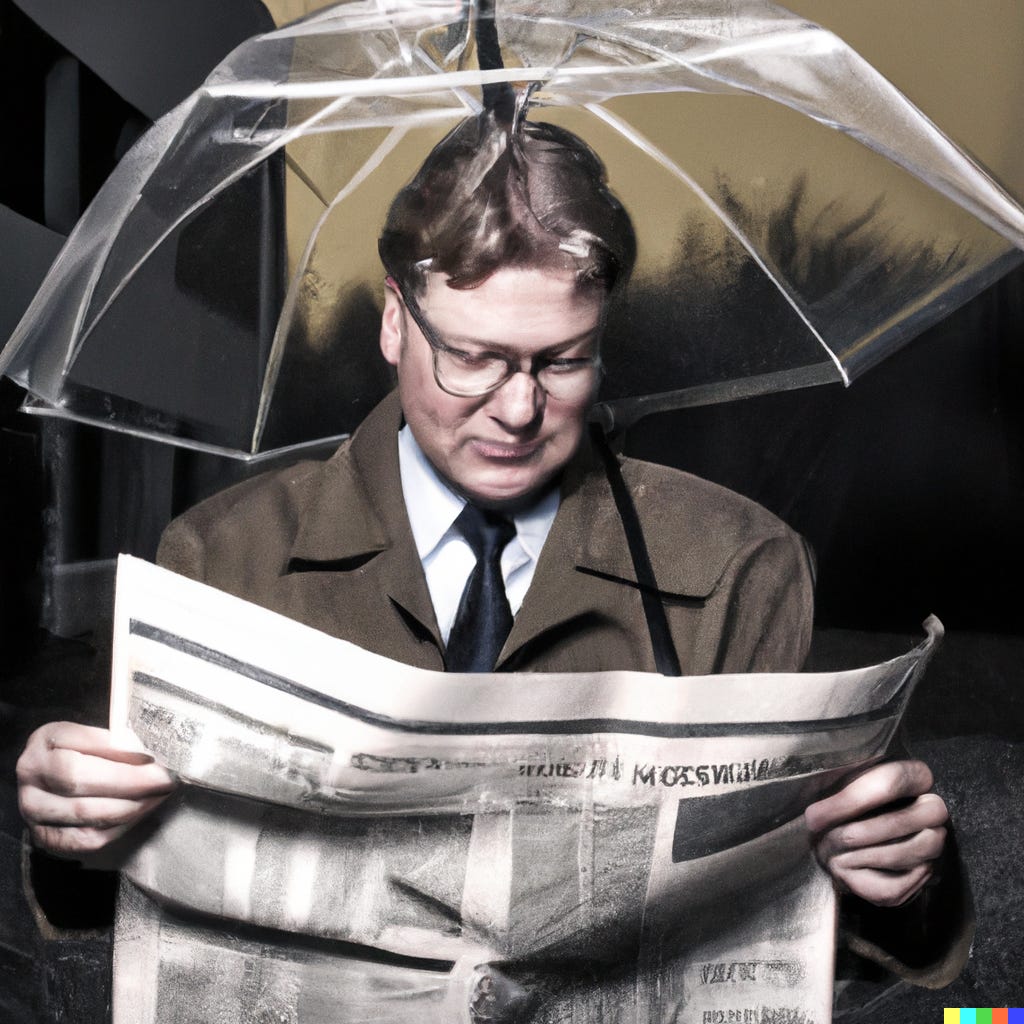
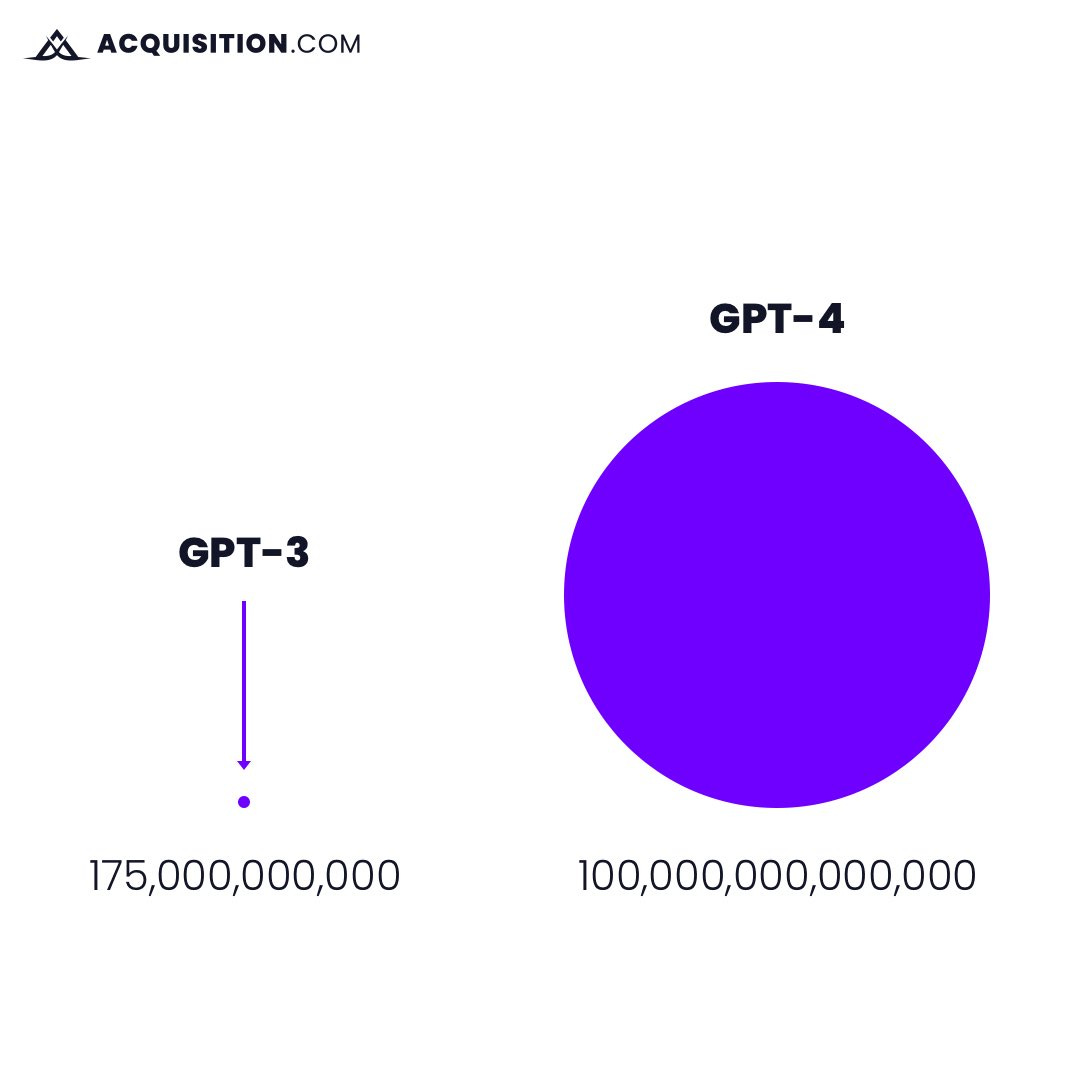
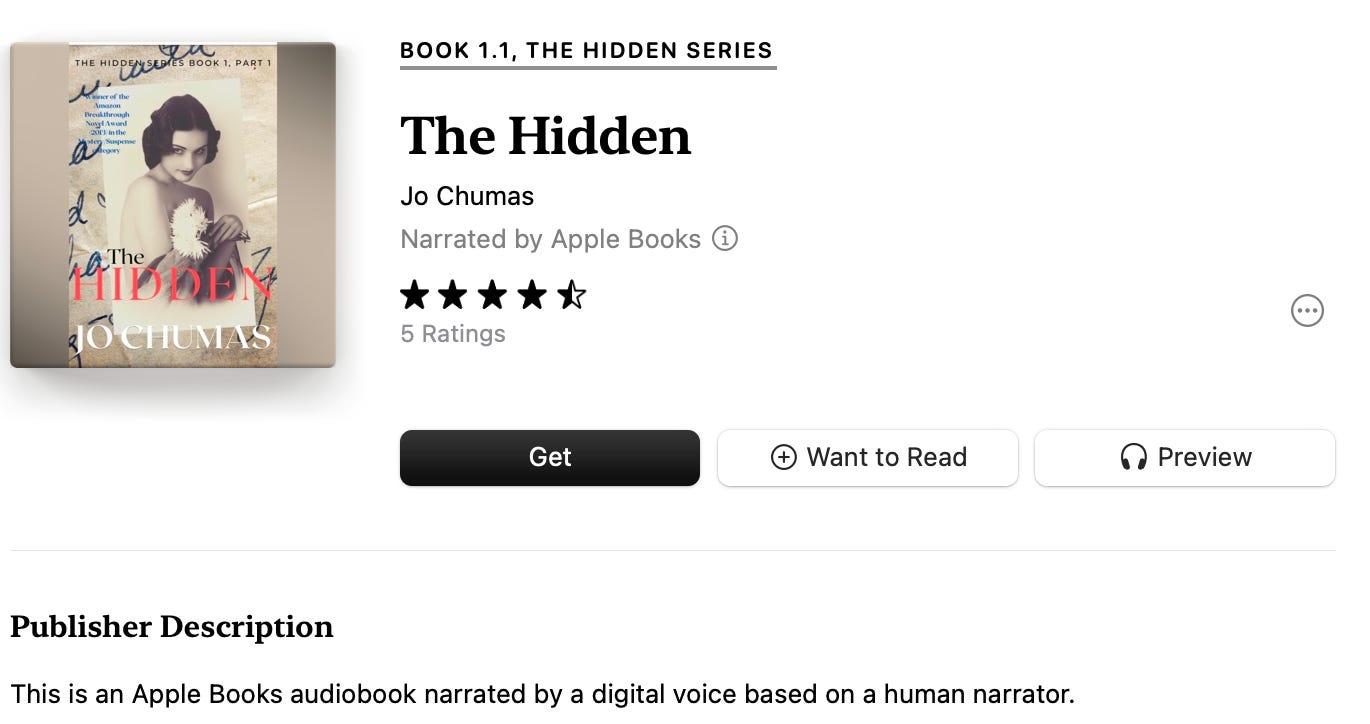
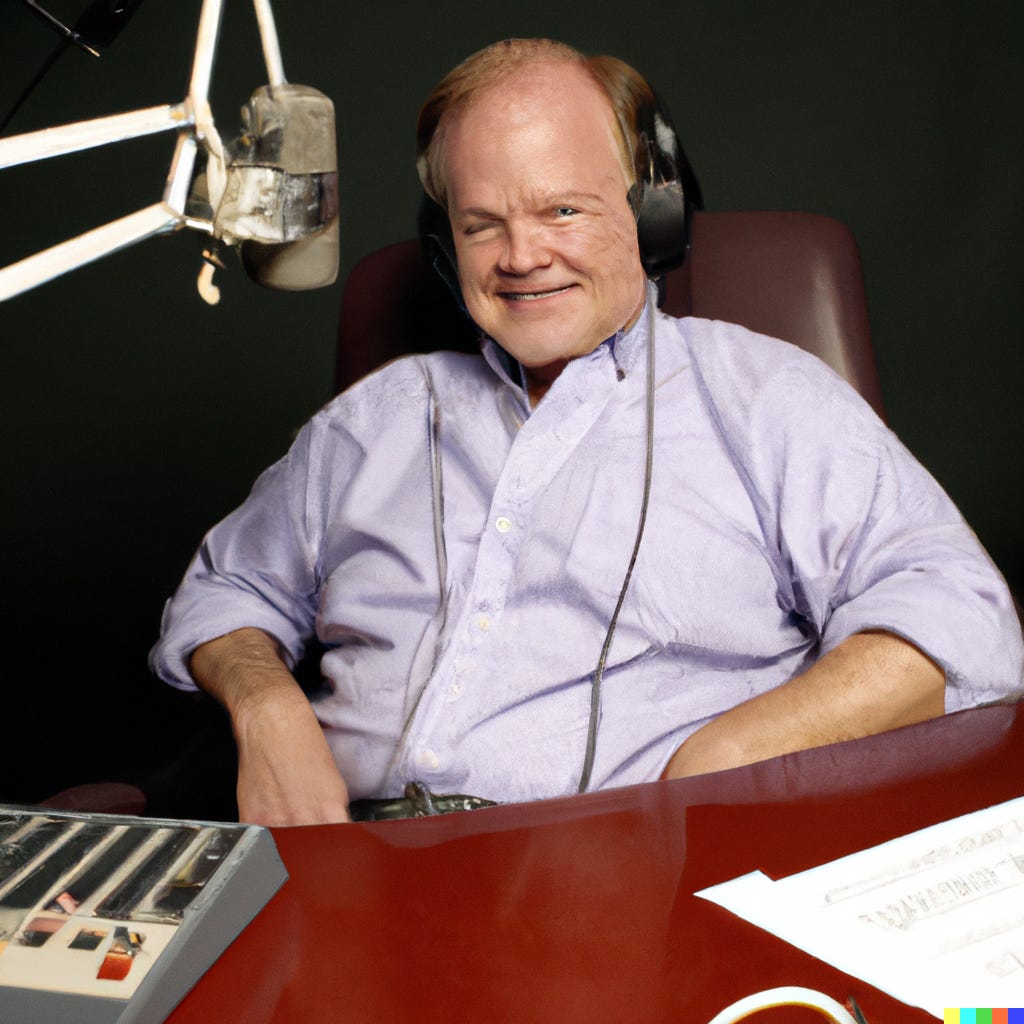
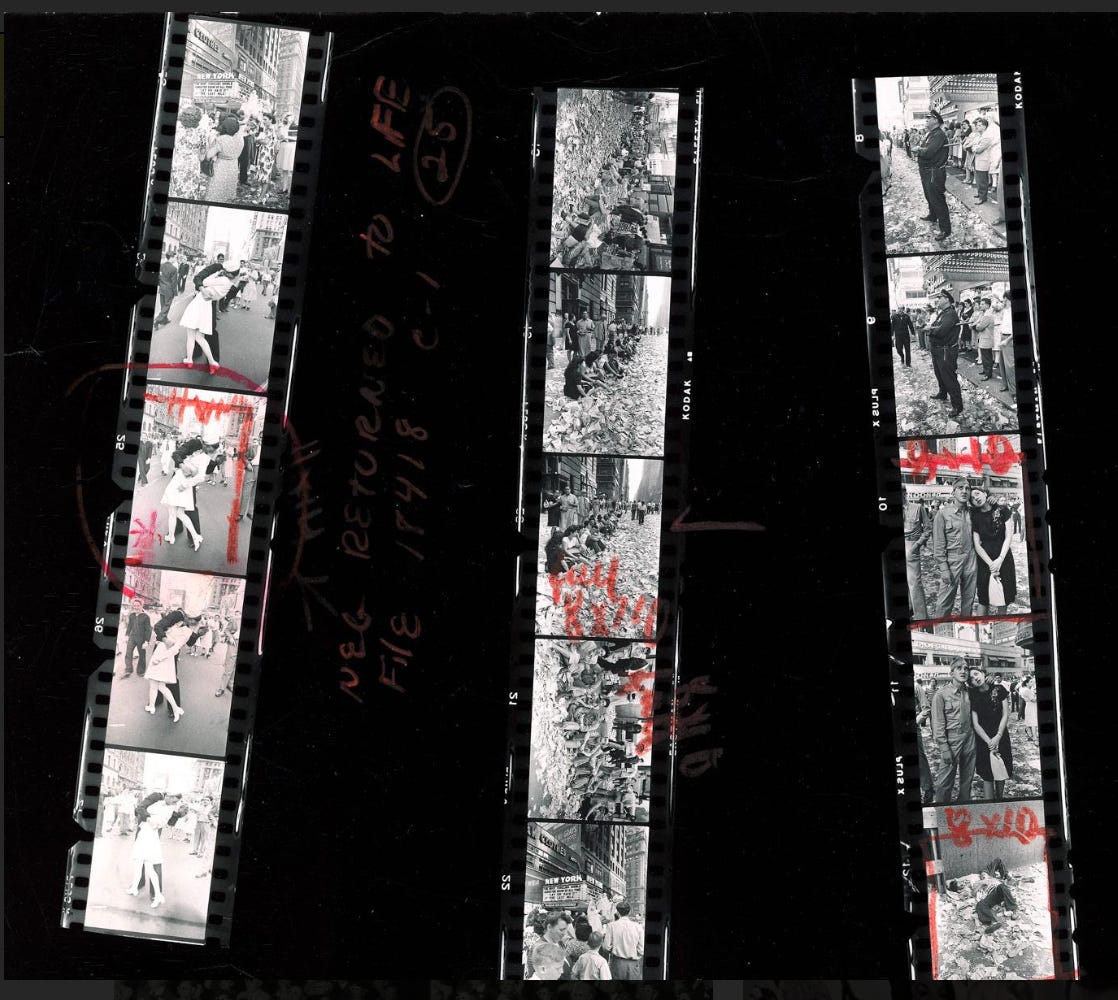

Lots of really good nuggets of info here, Steve. But I think the whopper for me is that you produced 175 podcasts last year. That's amazing.